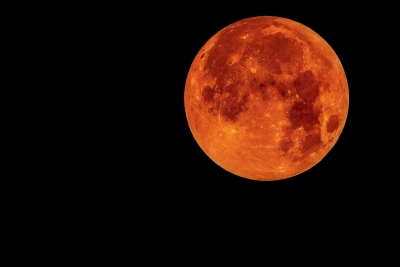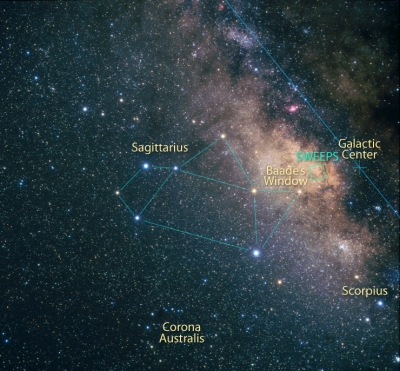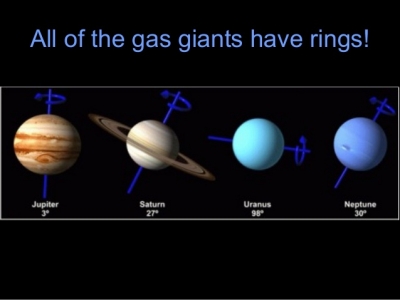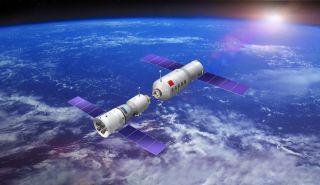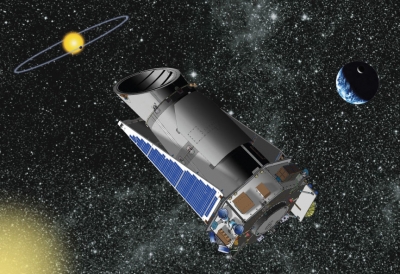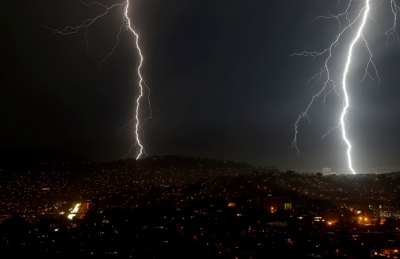
Every night many of us eagerly wait for the Moon to rise. But each night, the Moon looks slightly different from what it did the previous night. Sometimes the Moon looks like a narrow crescent, while at other times it looks like a big circle. On some nights, you might not see the Moon at all. These different shapes of the Moon that we see at different times of the month are called the Moon’s phases.
Does the Moon really change shapes?
No, the Moon does not change its shape. But it appears different to us because our view of the Moon changes based on how much of the Moon is illuminated by the Sun. The Moon does not produce its own light. It depends entirely on the Sun for light, like all the planets in our solar system. The Sun’s light comes from one direction, thereby illuminating one half of the Moon that is facing the sun, while the other half remains in darkness.
On Earth, our view of the illuminated part of the Moon changes each night depending on where the Moon in its orbit around the Earth. When we see the completely illuminated part of the Moon, that phase of the Moon is known as a Full Moon.
Each night following the Full Moon, as the Moon orbits around the Earth, we start to see less of the Moon illuminated by the Sun until we see no Moon at all. This phase is called the New Moon, when the far side of the Moon is facing the Sun and the side facing the Earth is dark.
The eight phases
According to NASA, the Moon has eight phases which we see one after the other as the Moon completes its cycle around the Earth. It takes the Moon 27 days to orbit Earth. The eight phases are:
New – When we cannot see the Moon at all
Waxing Crescent – When we see the Moon as a think crescent opening to the left. Waxing is when the Moon is growing with light.
First Quarter – When we see the first quarter phase of the Moon which appears to us as a Half Moon.
Waxing Gibbous – The phase between Half and Full Moon, when most part of the Moon can be seen.
Full – When we see the Moon completely illuminated.
Waning Gibbous – The phase between Half and Full Moon. Now, the view of the Moon is getting smaller.
Third Quarter – The third quarter of the Moon, seen as Half Moon on Earth. In this, the opposite half of the First Quarter is illuminated and visible.
Waning Crescent – When we see the Moon as a thin crescent opening to the right.
Picture Credit : Google
